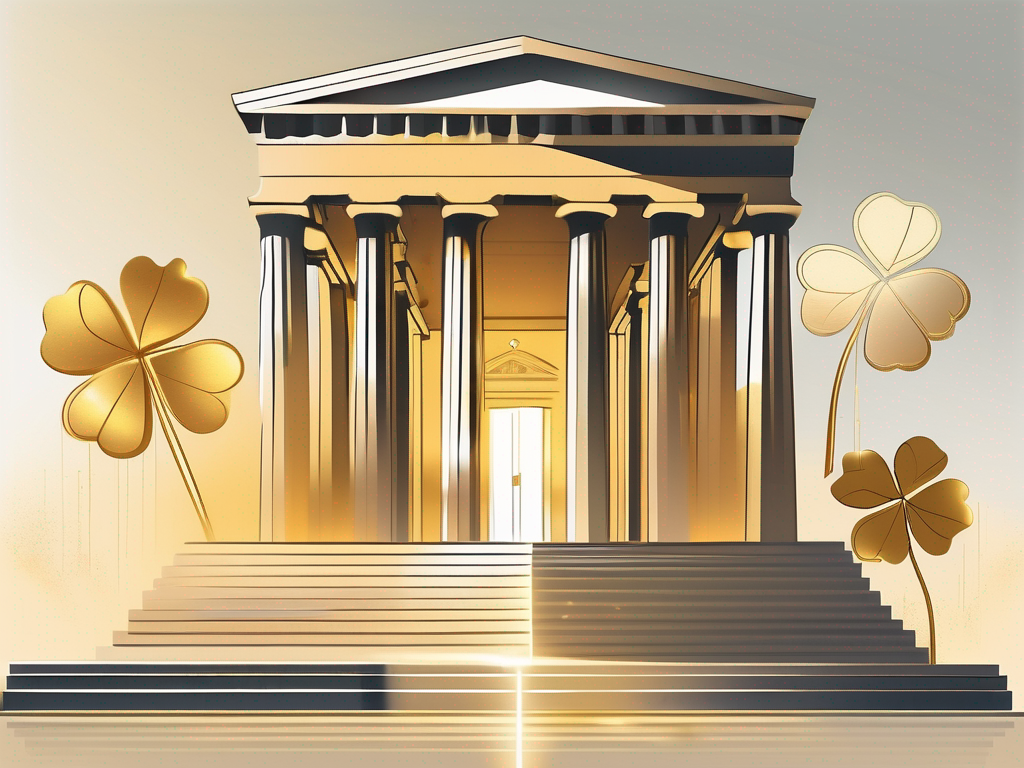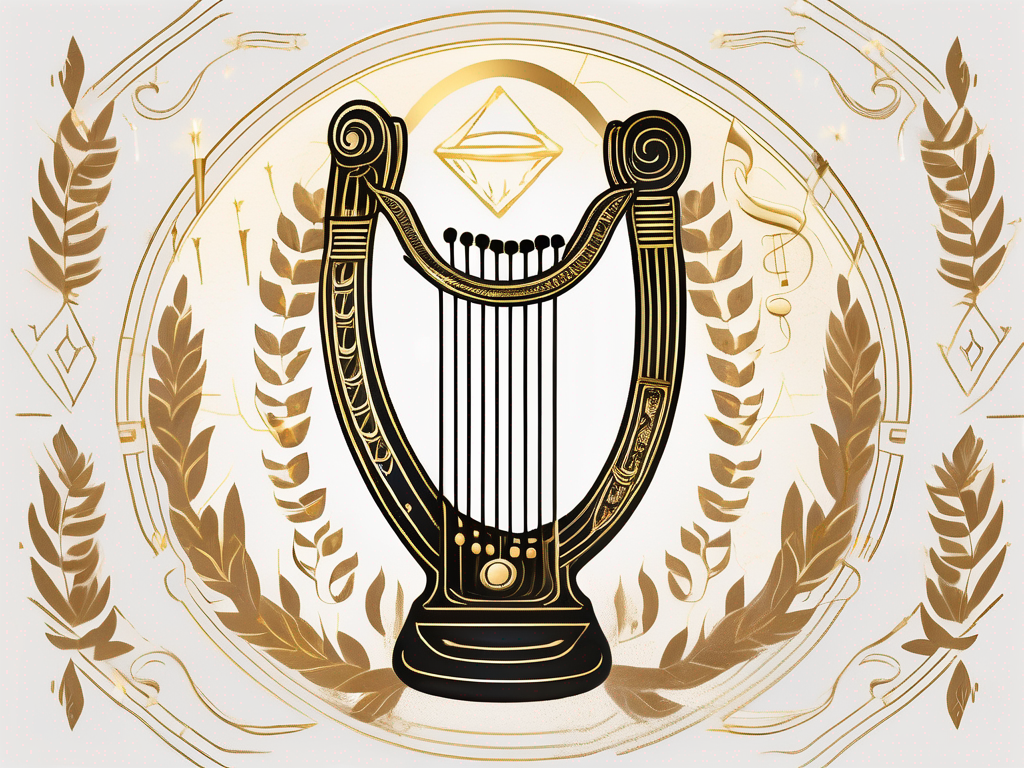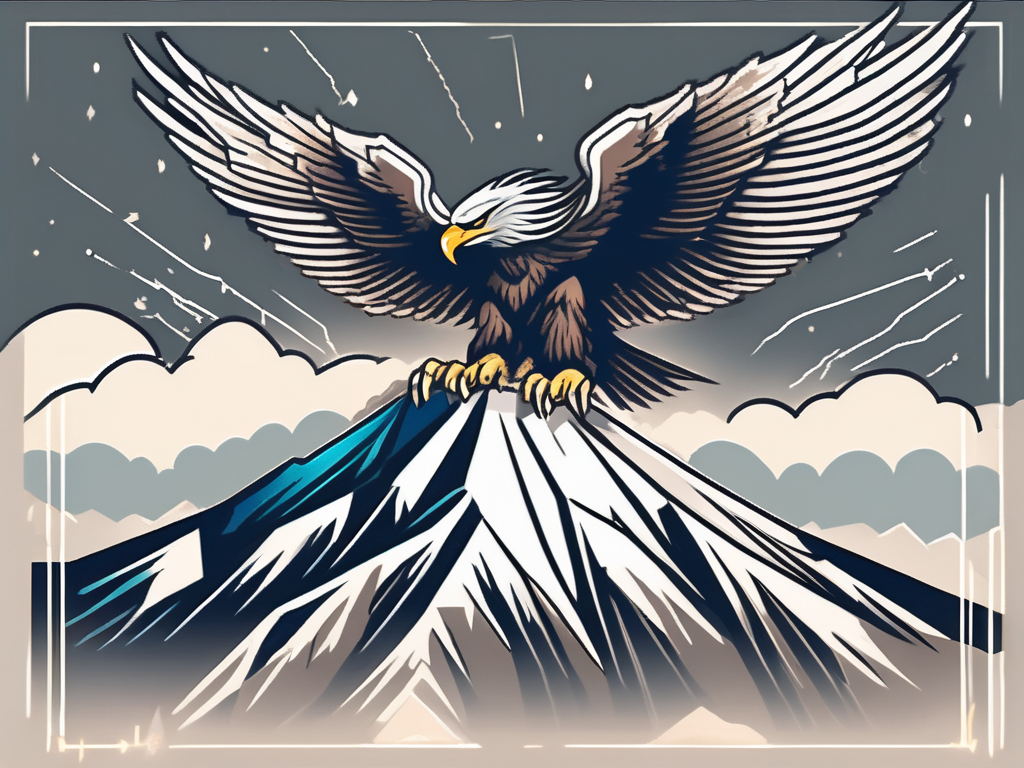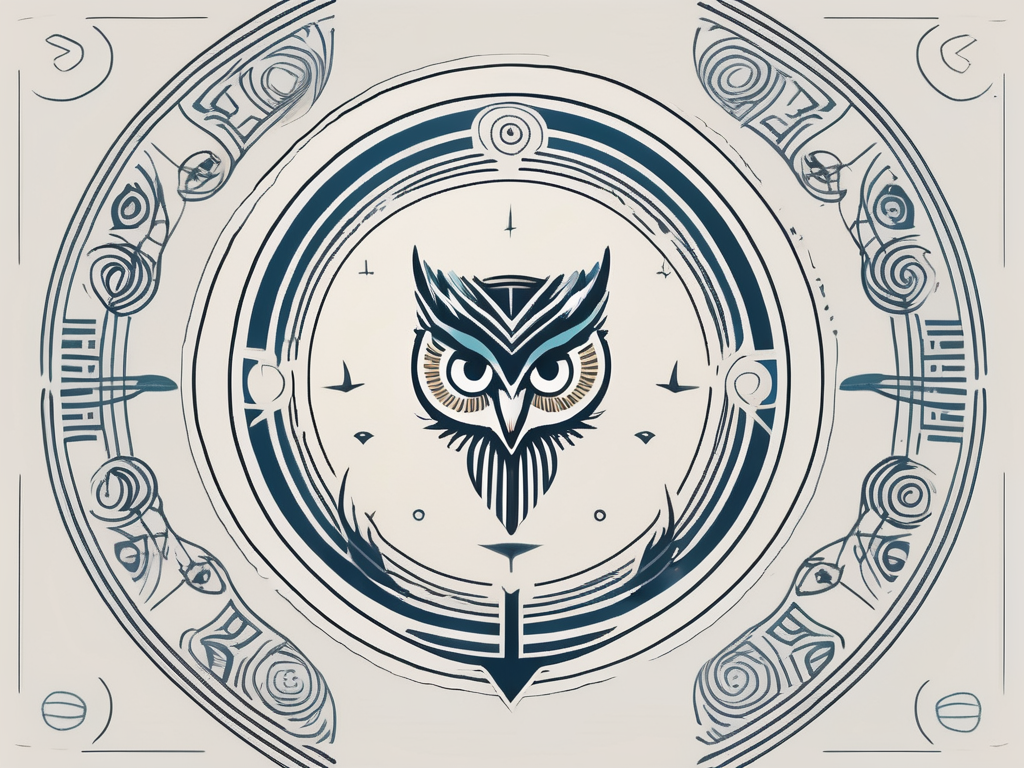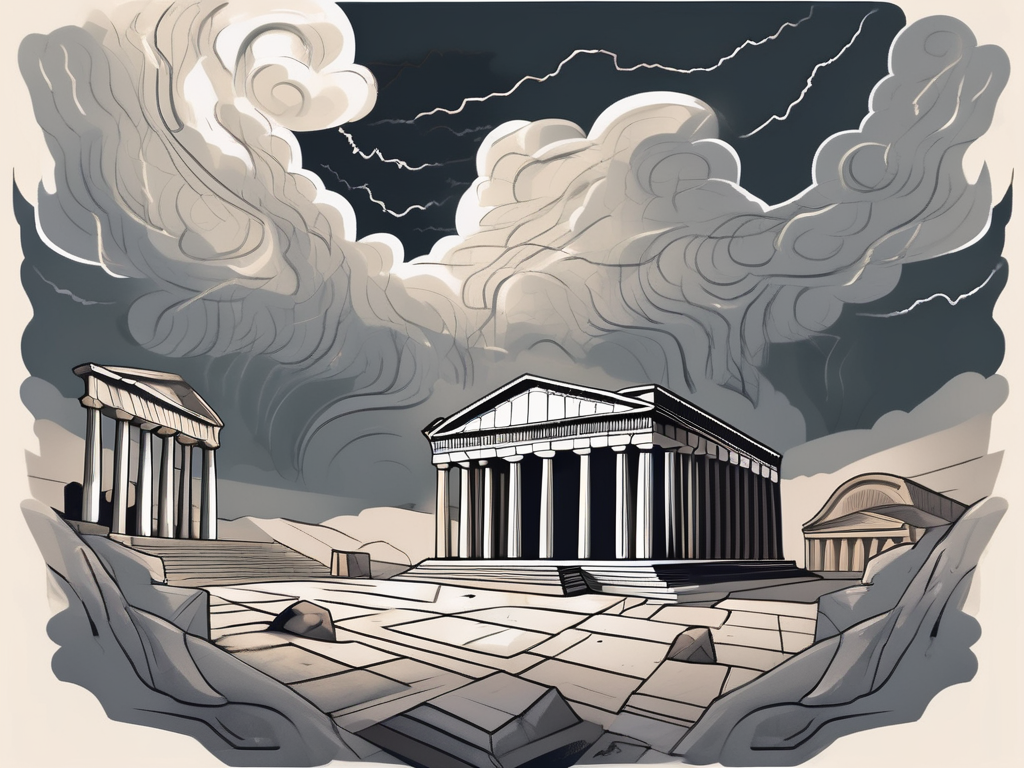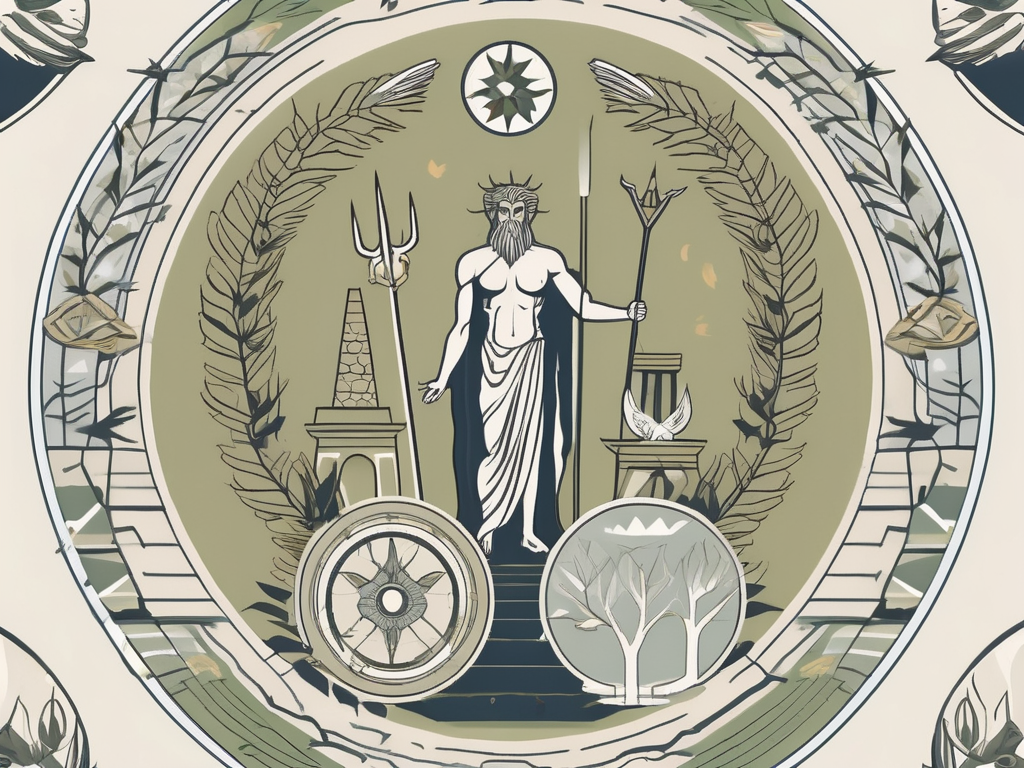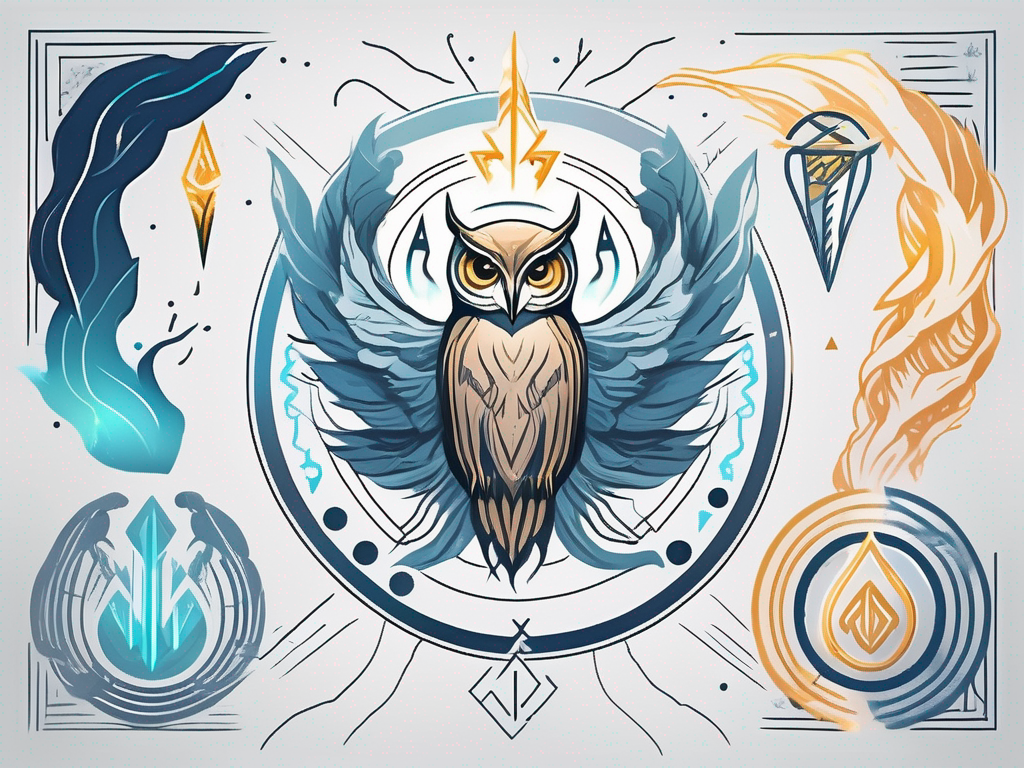Welcome to the fascinating world of Greek mythology, where gods and goddesses reign supreme with their unique abilities and intriguing stories. Today, we delve into the enigmatic realm of Caerus, the Greek god of opportunity and good fortune.
Understanding the Role of Caerus in Greek Mythology
In Greek mythology, Caerus holds a special place as the deity responsible for seizing opportunities and bringing moments of good fortune into the lives of mortals. Unlike his more renowned counterparts, such as Zeus or Apollo, Caerus might not be as widely known, but his influence is no less significant.
The Origin of Caerus
Caerus, also known as Kairos, is the personification of opportune moments. Unlike Chronos, the Greek god of linear time, Caerus represents the concept of the right time, the perfect moment to take action and seize opportunities. According to mythological accounts, Caerus is often depicted as a young, winged deity, with a tuft of hair on his forehead but bald behind. This physical representation emphasizes the fleeting nature of opportunity, as it can be swiftly grasped and then vanish in an instant.
Caerus is said to be the son of Zeus and Tyche, the goddess of luck and fortune. As the offspring of these powerful deities, Caerus inherited the ability to bring favorable circumstances to those who are ready to seize them. He is often depicted with a mischievous smile, symbolizing the unpredictable nature of opportunity and the need to act swiftly when it presents itself.
Legend has it that Caerus was born on the island of Kos, where he spent his childhood exploring its lush landscapes and hidden corners. It was during these formative years that Caerus developed his keen sense of timing, learning to recognize the subtle signs that indicated the arrival of an opportune moment. As he grew older, Caerus embarked on a journey across Greece, spreading his influence and bestowing good fortune upon those who were receptive to his presence.
Caerus in Greek Literature and Art
Throughout Greek literature and art, Caerus is depicted as a symbol of hope and success. He is often portrayed in sculptures and paintings with scales, symbolizing the importance of balance in seizing opportunities. One famous example is the statue of Caerus at the Villa Farnesina in Rome, which captures his youthful essence and serves as a constant reminder of the fleeting nature of opportune moments.
In Greek poetry, Caerus is frequently mentioned as a source of inspiration for poets and artists. His ability to bring about favorable circumstances and moments of creative brilliance is celebrated in verses that praise his influence. It is believed that many of the great works of Greek literature were conceived during moments of Caerus’ presence, as writers and thinkers were able to tap into the energy and inspiration he provided.
Caerus’ influence extends beyond the realm of art and literature. In ancient Greece, people would often seek his favor before embarking on important endeavors or making significant decisions. Temples dedicated to Caerus were built in various cities, and rituals were performed to invoke his presence and seek his guidance. It was believed that by honoring Caerus, individuals could increase their chances of encountering favorable circumstances and achieving success in their endeavors.
The Symbolism of Caerus
Caerus embodies much more than just the idea of seizing opportunities. He also represents the complex relationship between time, luck, and fortune.
Caerus, the Greek god of opportunity, holds a significant place in mythology. His name translates to “the opportune moment,” and he is often depicted as a young and agile deity, ready to pounce on any chance that comes his way. However, his symbolism goes beyond mere opportunism.
Caerus and the Concept of Time
In Greek mythology, Chronos governs linear time, measured by clocks and calendars. On the other hand, Caerus embodies the concept of psychological time, those moments in life when an opportunity presents itself, and quick action is required. These opportune moments are not confined by the ticking of a clock, but rather by our own ability to recognize and seize them.
Caerus represents those fleeting instances when the universe aligns, and the stars seem to whisper in our ears, urging us to take a leap of faith. It is during these moments that time seems to stand still, and we are faced with a choice that can potentially alter the course of our lives.
These moments of psychological time are often accompanied by a surge of adrenaline, a heightened awareness of our surroundings, and a feeling of being in sync with the universe. They are the moments when we feel most alive, as if the universe has conspired to present us with an opportunity that is tailor-made for our unique circumstances.
The Iconography of Caerus
Caerus is often depicted with a set of scales, symbolizing the importance of balance and the careful weighing of options when seizing an opportunity. This image serves as a reminder that opportunities must be approached with discernment and consideration, as the wrong decision can result in missed chances.
The scales also represent the delicate equilibrium between luck and preparation. While Caerus is associated with luck and fortune, it is essential to note that luck alone is not enough to seize an opportunity successfully. One must be prepared, mentally and emotionally, to recognize and act upon the opportune moment.
Furthermore, Caerus is often portrayed with wings on his feet, emphasizing the need for speed and agility when seizing an opportunity. Just as a bird in flight must be swift and nimble to catch its prey, so too must we be quick to respond when the window of opportunity opens.
Caerus serves as a constant reminder that opportunities are not passive entities that come knocking on our doors. Instead, they are dynamic and ever-changing, requiring us to be proactive and attentive to the signs that the universe presents.
So, the next time you find yourself at a crossroads, remember Caerus and his symbolism. Embrace the concept of psychological time, be prepared to weigh your options carefully, and be swift in your actions. For in those moments of opportunity, lies the potential for greatness.
The Worship and Cult of Caerus
Ancient Greeks recognized the importance of Caerus in their daily lives and paid tribute to him through various rituals and offerings.
The worship of Caerus was deeply ingrained in the fabric of ancient Greek society. Devotees sought to invoke his favor and blessings by engaging in rituals centered around recognizing and embracing opportune moments. These rituals were not mere formalities, but rather heartfelt expressions of gratitude and reverence.
One of the most common rituals performed to honor Caerus involved the offering of flowers. The delicate petals symbolized the fleeting nature of opportunity, reminding worshippers of the need to seize the moment before it withered away. As the vibrant colors of the blossoms adorned the altars, devotees would offer prayers, expressing their hopes and desires for favorable circumstances.
In addition to flowers, devotees would also present offerings of fruits to Caerus. The succulent and ripe fruits represented abundance and prosperity, reflecting the belief that seizing opportune moments could lead to great rewards. These offerings were not only a gesture of devotion but also a manifestation of the worshippers’ desire for a fruitful and prosperous life.
Ancient Rituals and Offerings to Caerus
Devotees seeking to invoke Caerus would engage in rituals centered around recognizing and embracing opportune moments. These rituals were often accompanied by offerings of flowers, fruits, or other symbolic items that represented prosperity and good fortune.
It is said that during these rituals, worshippers would gather in sacred groves or secluded areas, away from the hustle and bustle of everyday life. Surrounded by the tranquility of nature, they would perform intricate dances and chants, invoking the presence of Caerus. The rhythmic movements and melodic incantations were believed to create a harmonious connection between the worshippers and the deity, opening the door to favorable circumstances.
Furthermore, the rituals would often involve the recitation of ancient hymns dedicated to Caerus. These hymns, passed down through generations, praised the deity’s ability to bestow good fortune and success upon those who were vigilant and receptive to the opportunities that presented themselves. The melodic verses echoed through the temples, filling the air with a sense of reverence and anticipation.
Temples and Shrines Dedicated to Caerus
Throughout ancient Greece, temples and shrines dedicated to Caerus were erected, providing worshippers with a sacred space to seek blessings and guidance. These serene places served as reminders of the importance of being open to opportunities and making the most of them when they arise.
The architecture of these sacred structures reflected the reverence and devotion towards Caerus. The temples were often adorned with intricate carvings depicting scenes of people seizing opportune moments, capturing the essence of the deity’s influence in everyday life. The shrines, on the other hand, were more intimate spaces, tucked away in secluded corners of cities or nestled amidst nature.
Worshippers would visit these temples and shrines, seeking solace and divine intervention. They would offer prayers, light candles, and leave small tokens of gratitude, such as coins or personal belongings, as a sign of their devotion. The atmosphere within these sacred spaces was filled with a sense of awe and reverence, as worshippers sought guidance and blessings from Caerus.
As the sun’s rays filtered through the temple’s stained glass windows or the gentle breeze rustled the leaves surrounding the shrines, worshippers would find solace and inspiration. The sacredness of these spaces served as a constant reminder of the importance of being receptive to the opportunities that life presents, for it is through seizing these moments that one can truly thrive.
The Influence of Caerus in Modern Culture
Caerus continues to captivate the modern imagination, inspiring artists, writers, and philosophers alike.
Caerus in Popular Literature and Film
Caerus has found his way into popular literature and film, often portrayed as a representation of the protagonist’s pivotal moment or stroke of luck. From heroic tales to romantic comedies, Caerus provides a narrative device that keeps audiences engaged and hopeful.
The Philosophical Interpretations of Caerus
Caerus also holds a place within philosophical discussions as a symbol of the philosophical concept of “opportunism.” Philosophers explore the delicate balance between preparedness and the willingness to seize unexpected opportunities, questioning the role of individuals in shaping their own fortune.
The Lessons from Caerus
Beyond his mythical significance, Caerus offers valuable life lessons and insights.
Seizing Opportunities – The Message of Caerus
Caerus teaches us that in life, opportunities do not always present themselves at convenient times. It is up to us to recognize these moments and take bold action when the window of opportunity is open. By seizing these chances, we increase the likelihood of forging our own path to success and good fortune.
The Role of Luck and Fortune in Human Life
Caerus sparks discussions about the role of luck and fortune in our lives. While we may not have control over when opportunity knocks, we can choose to be proactive and open to new experiences. By developing a mindset that embraces serendipity, we can invite more possibilities into our lives and create our own luck.
As we explore the multifaceted realm of Greek mythology, Caerus stands as a reminder of the power within each of us to recognize and seize opportune moments. Whether through art, literature, or philosophy, Caerus continues to inspire and encourage us to embrace the dance between time, luck, and our own actions. So, let us take a leaf from Caerus’s book, and be ever watchful for the moments of opportunity that can change the course of our lives.
